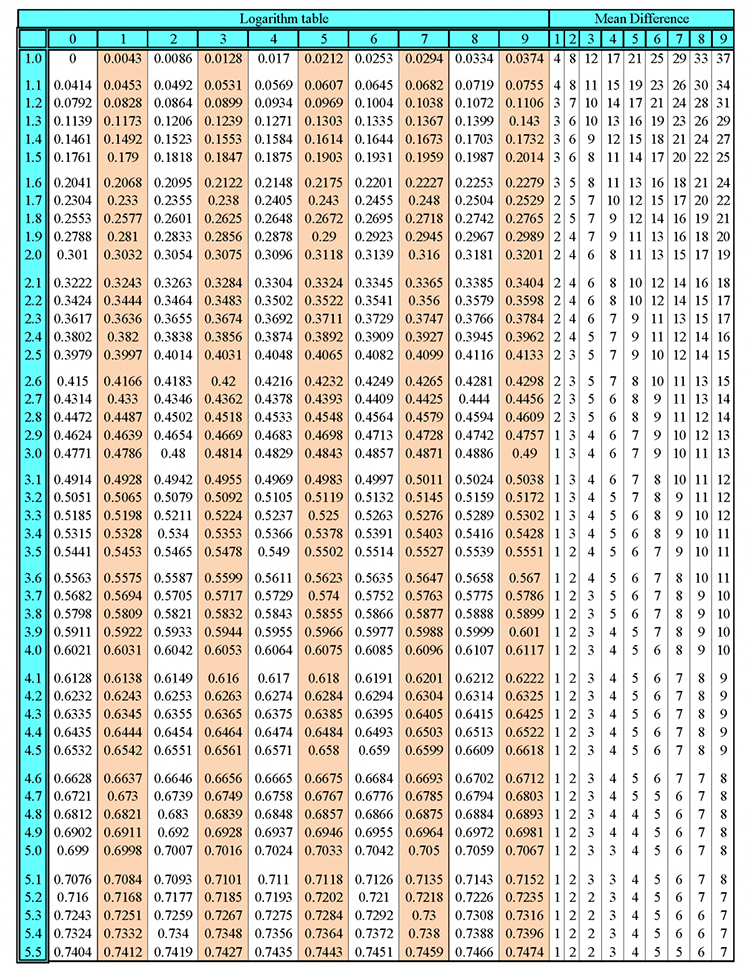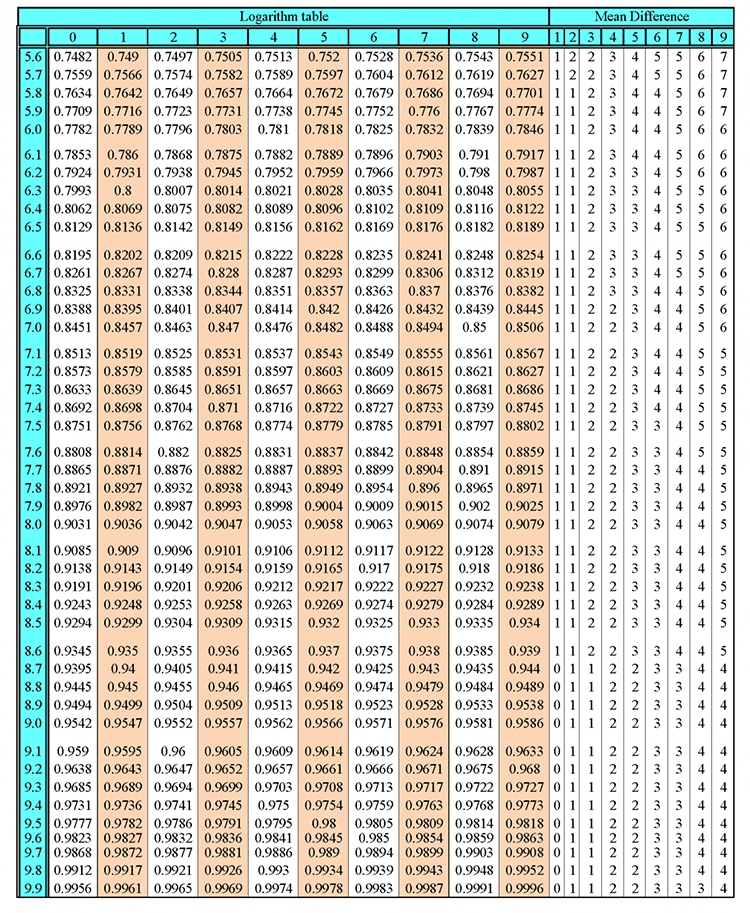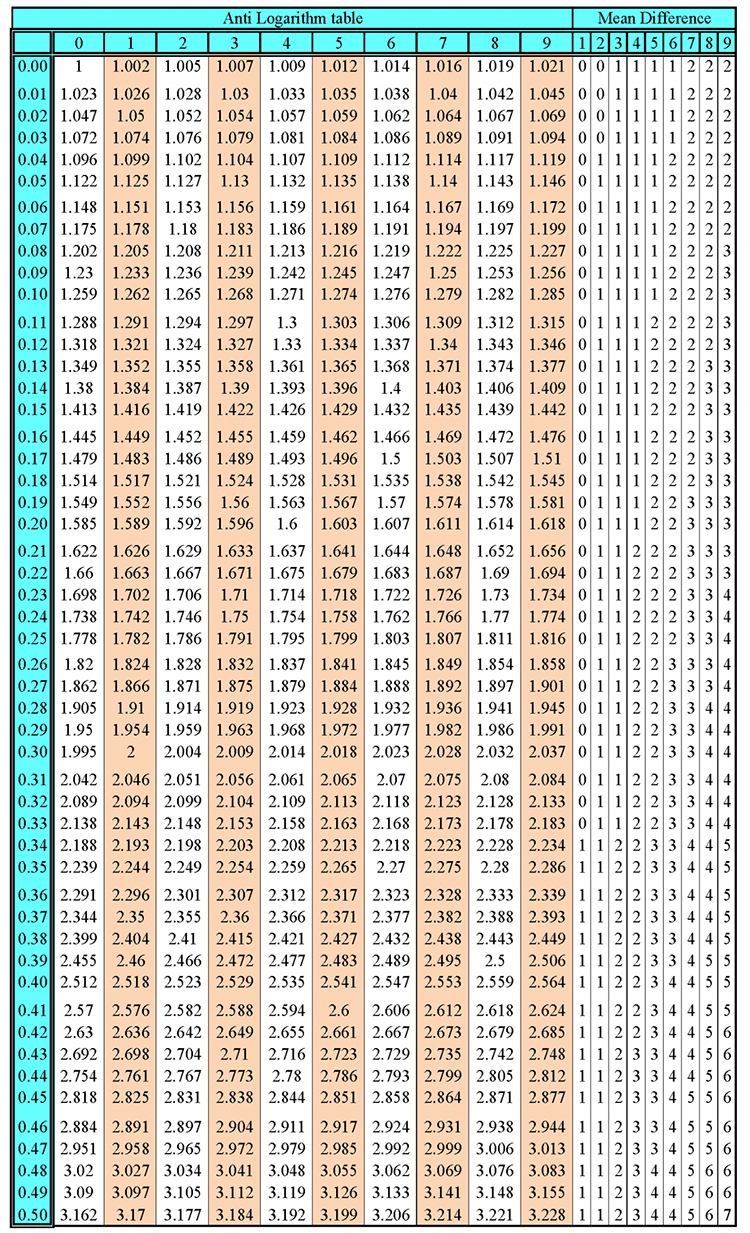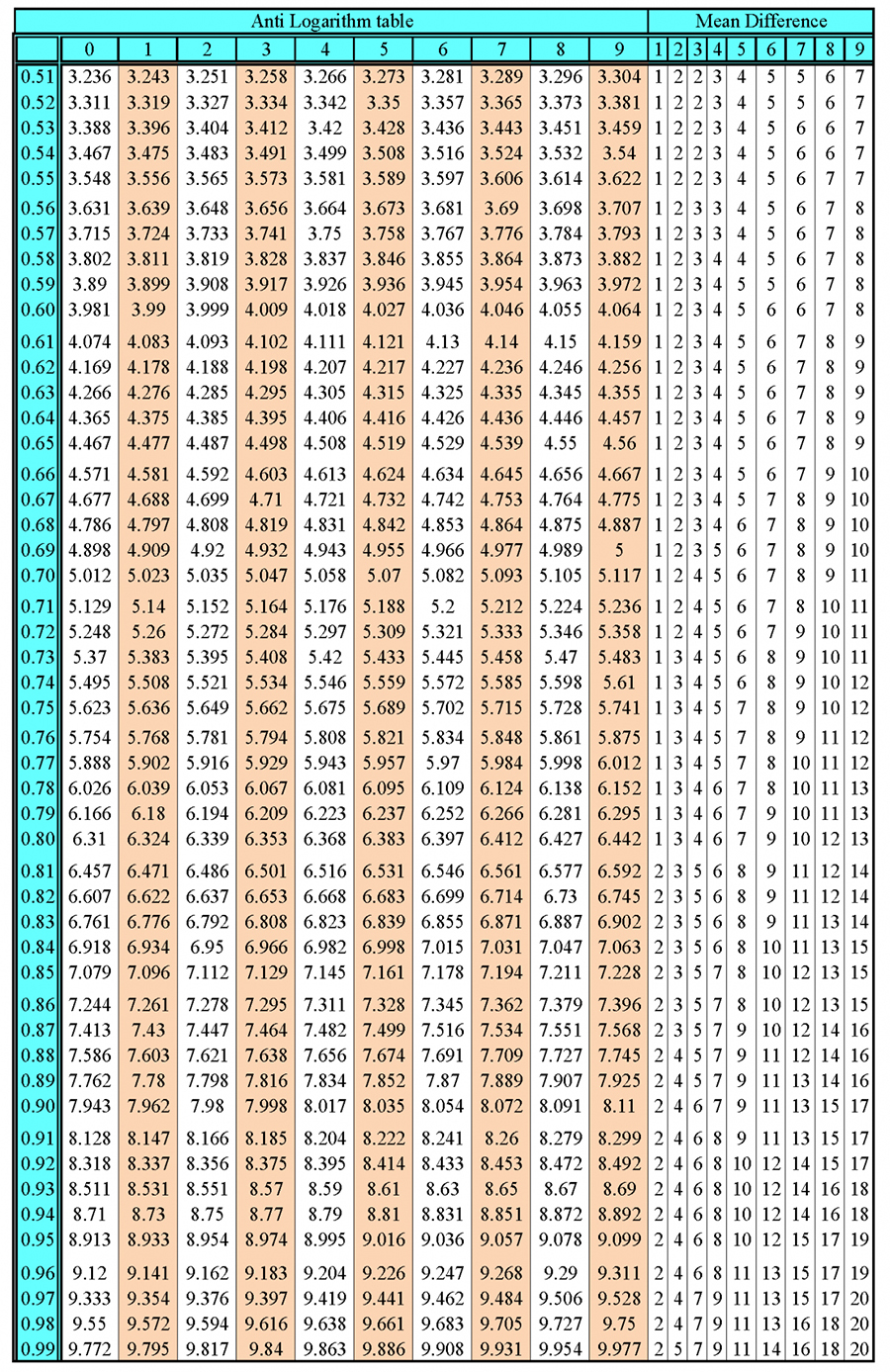Upper and lower boundary mixed
If you have a calculation such as `(atimesb)-c` and you need to know the possible limits of the upper boundary and lower boundary
Apply the separate rules for each operation
and apply BIDMAS
(see our section on BIDMAS)
Example
The following formula has been corrected to 1 D.P.
`(23.7times31.3)-16.8`
What are the upper and lower boundaries of this calculation?
First find the upper and lower boundary of `23.7` to 1 D.P.
`23.7` to one decimal place
`23.ul7` underline the digit (`1^(st)` decimal place).
`23.ul7\0` look next door
`0` `5` or more raises the score. So `23.65` would raise to `23.7`.
`0` four or less just ignore `23.7499` it would ignore and stay at `23.7`.
This is simplified to `23.75`
So the upper and lower boundary of `23.7` is `23.75` and `23.65`.
Now find the upper and lower boundary of `31.3` to 1 D.P.
`31.3` to 1 D.P.
`31.ul3` underline the digit (`1^(st)`decimal point).
`31.ul3\0` look next door
`0` `5` or more raises the score. So `31.25` would raise to `31.3`.
`0` four or less just ignore `31.3499` it would ignore and stay at `31.3`.
This is simplified to `31.35`
So the upper and lower boundary of `31.3` is `31.35` and `31.25`.
Now find the upper and lower boundary of `16.8` to 1 D.P.
`16.8` to 1 D.P.
`16.ul8` underline the digit (`1^(st)`decimal point).
`16.ul8\0` look next door
`0` `5` or more raises the score. So `16.75` would raise to `16.8`.
`0` four or less just ignore `16.8499` it would ignore and stay at `16.8`.
This is simplified to `16.85`
So the upper and lower boundary of `16.8` is `16.85` and `16.75`.
Summary
Upper and lower boundary of `23.7` is `23.75` and `23.65`
Upper and lower boundary of `31.3` is `31.35` and `31.25`
Upper and lower boundary of `16.8` is `16.85` and `16.75`
i - So the upper boundary is`(23.7times31.3)-16.8` to 1 D.P.
NOTE:
Multiplication use the maximum boundary of each
Subtraction use the biggest difference between the two
This would be:
| `(23.75` | `xx` | `31.35)` | `-` | `16.75` | |
| Big | `xx` | Big | `-` | Small |
Applying BIDMAS.
`744.56-16.75=727.81` to 2 D.P.
ii - The lower boundary is `(23.7times31.3)-16.8` to 1 D.P.
NOTE:
Multiplication use the minimum boundary of each
Subtraction use the smallest difference between the two
This would be:
| `(23.65` | `xx` | `31.25)` | `-` | `16.85` | |
| Small | `xx` | Small | `-` | Big |
Applying BIDMAS.
`739.06-16.85=722.21` to 2 D.P.
Answer: The upper and lower boundary of this calculation is `727.81` and `722.21`.




